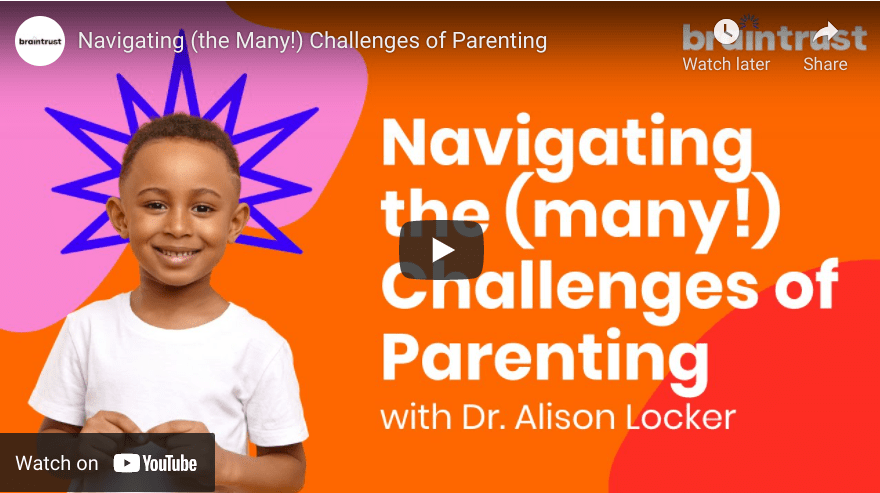
Vocabulary sometimes gets a bad rap—and with good reason. Historically, students learned vocabulary by memorizing the spelling and definitions of long lists of words. Their teacher would quiz them on it, then they would usually never use those words again. But when a teacher does it right, vocabulary instruction can be an instrumental part of a student’s journey toward reading mastery. So what are the components of good vocabulary instruction and why do they matter?
Orthographic Mapping
We’ve been over orthographic mapping before, but here’s a quick refresher. Orthographic mapping is the process by which students match the sounds in words to the symbols that represent those sounds. Instead of memorizing the spelling of long lists of words, the most efficient way to actually learn new words is through repeated decoding. Experts agree that it takes most neurotypical readers 1-4 times to solidify words into memory in this way. Once the spelling of a word has been solidified, the student can recall that spelling when needed.
Affixes and Root Words
Once students understand that most words consist of parts (like affixes), it becomes much easier for them to learn to segment those words. The most efficient approach to learning the meaning of multisyllabic words is to first learn the meaning of common prefixes and suffixes. Students then use the meaning of these short chunks to deduce the meaning of the larger words in which they appear. This takes far less time and effort than memorizing spellings and meanings of entire multisyllabic words in isolation.
Book Embedded Vocabulary Instruction
When students learn new vocabulary, the best way to teach it is through context. Book embedded vocabulary instruction is a strategy in which teachers strategically select targeted vocabulary words from a text before students read it. Teachers choose words that students are less likely to know and that are important to their understanding of the text. Before reading, students preview the vocabulary words, including a student-friendly definition and some examples. Then they immediately hear or see them in the context of the reading, where they are able to further deepen their understanding of the words based on the context in which they appear.
Multisensory Vocabulary Instruction
There are vocabulary words that inevitably need to be taught explicitly, such as domain-specific words in Math or Science. The most effective ways to teach these words is through a multisensory approach. Merely presenting the word with a definition is not enough. In order to gain a thorough understanding of any new vocabulary words, students need examples, anecdotes, visuals, and plenty of opportunity for practice. This could mean using the word in writing or actually applying the word to a process or practice.
When students are able to learn and interact with new vocabulary words through frequent and dynamic activities like the ones listed above, they are most likely to make the greatest gains in literacy.




